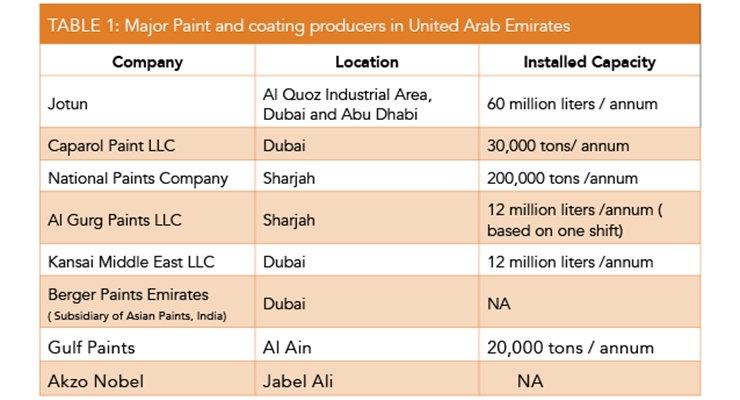Learn Exactly How Climate Aspects Can Influence The Success Of Your Exterior Painting Project And Accomplish A Remarkable Finish
Learn Exactly How Climate Aspects Can Influence The Success Of Your Exterior Painting Project And Accomplish A Remarkable Finish
Blog Article
Staff Writer-Boyle Dowling
Understanding just how climate condition can affect the result of an external painting venture is paramount for attaining a perfect surface. From temperature variations changing paint adhesion to moisture levels influencing drying out times, each element of climate plays a substantial duty in the success of your job. In addition, wind rate and rainfall can present unforeseen difficulties that might compromise the top quality of the result. As we navigate with the nuances of weather condition's effect on external painting, it ends up being obvious that precise planning and critical timing are important for guaranteeing a specialist and sturdy result.
Perfect Temperature Level Array for Paint
When taking into consideration external paint tasks, the perfect temperature array plays a crucial function in attaining ideal outcomes. https://exterior-painters-near-me90998.tokka-blog.com/32170656/are-you-fascinated-by-various-paint-techniques-step-into-the-artistic-world-and-discover-the-one-that-aligns-with-your-creative-vision-let-s-embark-on-this-trip-with-each-other in the appropriate temperature level conditions ensures that the paint sticks properly to the surface, dries out evenly, and remedies effectively. Generally, the recommended temperature level range for outside painting is between 50 to 85 levels Fahrenheit.
Painting in temperature levels listed below 50 degrees Fahrenheit can cause problems such as inadequate paint attachment, extended drying times, and a raised chance of splitting or peeling off.
On the other hand, painting in temperatures above 85 levels Fahrenheit can cause the paint to dry also swiftly, bring about blistering, bubbling, and an unequal finish.
To accomplish the most effective outcomes, it is important to examine the weather forecast before starting an exterior paint task. Ideally, goal to paint during light weather with modest temperatures and reduced humidity levels.
Impacts of Humidity on Paint Drying
Moisture levels dramatically influence the drying out process of paint put on exterior surfaces. High humidity can prolong the drying time of paint, causing potential concerns such as dripping, streaking, or even the formation of bubbles on the painted surface area. https://holdennxfqy.ziblogs.com/32028810/with-necessary-pointers-for-picking-the-best-property-painters-find-how-to-make-the-ideal-choice-for-your-home-s-painting-job reduces the evaporation of water from the paint, preventing the curing procedure. This is especially troublesome for water-based paints, as they count on evaporation for drying.
On the other hand, low humidity degrees can additionally impact paint drying out. Exceptionally completely dry problems might cause the paint to dry too rapidly, bring about poor adhesion and a harsh coating. In such instances, adding a paint conditioner or spraying a fine haze of water airborne can help control humidity degrees and improve the paint end result.
To guarantee optimum drying out problems, it is advisable to paint when the humidity degrees vary in between 40% and 50%.
Monitoring moisture levels and taking appropriate steps can help attain a smooth and long lasting paint coating on outside surface areas.
Wind and Precipitation Factors To Consider
Wind speed and rainfall are essential elements that considerably affect the success of an outside painting project.
When it comes to wind, both rate and instructions are vital factors to consider. High wind speeds can cause paint to completely dry as well quickly, leading to a below average do with potential concerns like cracking or irregular texture. Furthermore, wind can bring debris that may stick to the wet paint, bring about imperfections. For click the up coming web site , painters must aim to work with days with light to modest winds for optimal painting conditions.
On the other hand, rainfall, whether rainfall or snow, can be very detrimental to the result of an outside paint task. Moisture from rainfall can hinder paint bond, creating peeling off and bubbling over time. It is important to avoid painting during stormy or snowy climate to guarantee the longevity and high quality of the paint task. Painters should additionally enable enough time for the surface to dry extensively after any rainfall prior to commencing or returning to the paint procedure.
Verdict
To conclude, weather conditions play a substantial function in the outcome of an external painting project. The ideal temperature range, humidity degrees, wind speed, and rainfall all add to the success or failing of the paint task.
It is essential to take into consideration these factors and plan appropriately to guarantee appropriate paint adhesion, drying out times, and general top quality of the completed item.
